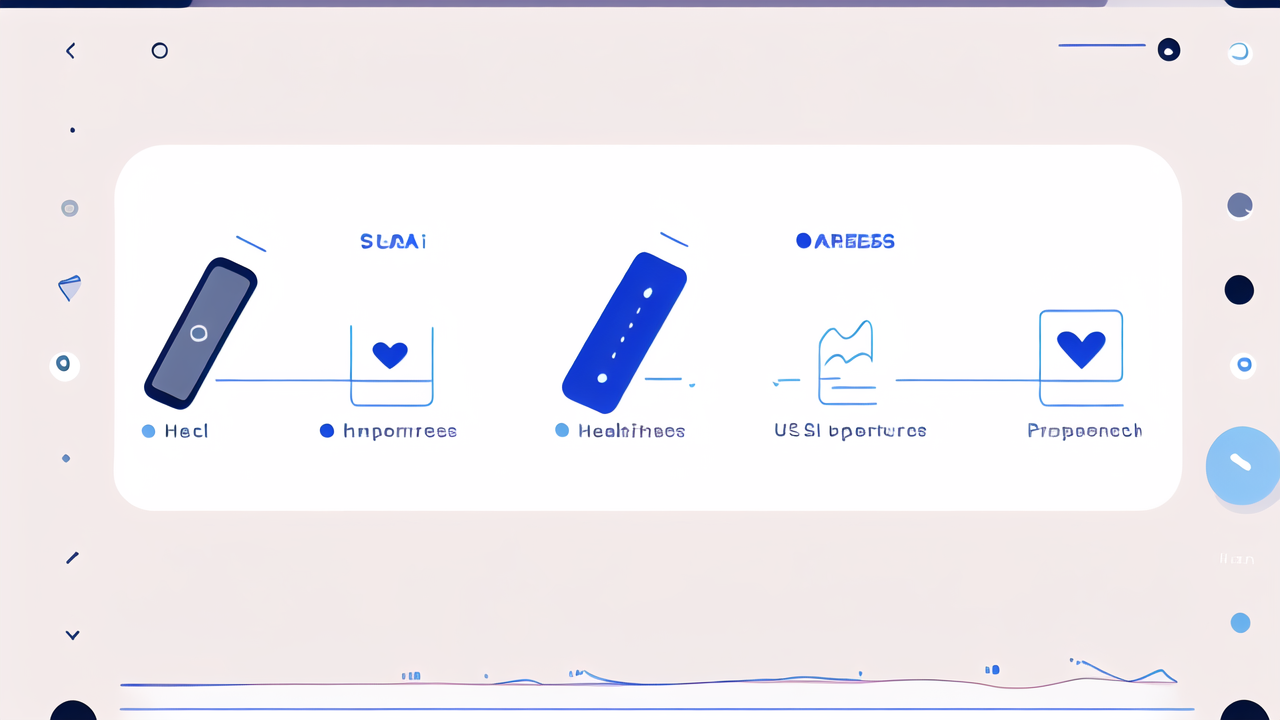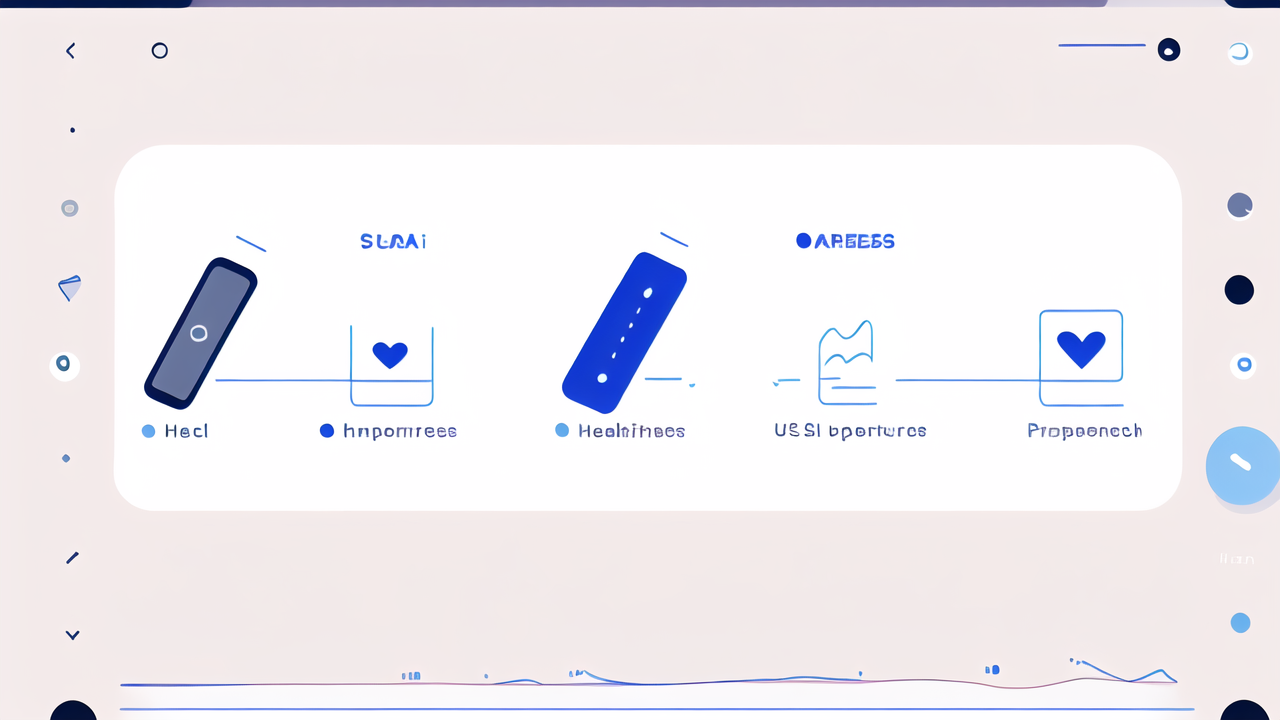The Rise of Smart Wearables in the United States
Understanding the Technological Advancements
Smart wearables have come a long way in recent years. These devices now use advanced sensors and materials. They can track various health metrics with high accuracy. Some key advancements include:

- Improved battery life
- Smaller, more comfortable designs
- Better data analysis and insights
- Integration with smartphones and other devices
- Use of artificial intelligence for personalized recommendations
These advances have made smart wearables more useful and appealing to consumers. They can now monitor heart rate, sleep patterns, and even stress levels. Some devices can even detect falls or irregular heartbeats. This has opened up new possibilities for health monitoring and fitness tracking.
Market Growth and Consumer Adoption Trends
The smart wearables market in the US has seen rapid growth. More people are using these devices to track their health and fitness. Some key trends include:
- Increasing sales of smartwatches and fitness trackers
- Growing interest in health monitoring features
- Rise of wearable devices for specific sports or activities
- Adoption by older adults for health monitoring
- Integration of wearables in corporate wellness programs
Consumer adoption has been driven by several factors. These include increased health awareness, desire for data-driven insights, and improved device functionality. Many people now see wearables as essential tools for managing their health and fitness goals.
Impact of Smart Wearables on the Apparel Industry
Enhancing Fitness and Lifestyle with Smart Fabrics
Smart fabrics are changing the way we think about clothing. These materials can do more than just cover our bodies. They can actively enhance our fitness and lifestyle. Some ways smart fabrics are making a difference include:

- Monitoring vital signs like heart rate and breathing
- Regulating body temperature
- Providing real-time feedback on posture and form
- Tracking movement and muscle activity
- Offering UV protection and moisture management
These features allow users to get more out of their workouts. They can train more effectively and safely. Smart fabrics also make it easier to track progress and set goals. This can lead to better fitness outcomes and improved overall health.
Sustainability and Eco-Friendliness in Production
The rise of smart wearables has also sparked discussions about sustainability. Many companies are now focusing on eco-friendly production methods. This includes:
- Using recycled materials in device components
- Developing biodegradable smart fabrics
- Implementing energy-efficient manufacturing processes
- Designing products for longer lifespans and easy repairs
- Creating take-back programs for old devices
These efforts aim to reduce the environmental impact of smart wearables. They also appeal to consumers who are increasingly concerned about sustainability. As the industry grows, we can expect to see more emphasis on eco-friendly practices.
Future Prospects of Smart Wearables
Innovations and Research in Smart Fabric Technology
The future of smart fabrics looks promising. Researchers are working on new technologies that could revolutionize the field. Some exciting areas of innovation include:

- Self-healing fabrics that can repair small tears or damage
- Energy-harvesting materials that can power devices from body heat or movement
- Adaptive fabrics that change properties based on environmental conditions
- Haptic feedback systems for improved sensory experiences
- Integration of flexible displays and touch interfaces into clothing
These advancements could lead to entirely new categories of smart wearables. They may blur the line between clothing and technology even further. As research progresses, we can expect to see more sophisticated and capable smart fabrics.
Potential Regulations and Standards in Wearable Devices
As smart wearables become more prevalent, regulators are taking notice. There's growing interest in establishing standards for these devices. Some areas that may see regulation include:
- Data privacy and security measures
- Accuracy of health monitoring features
- Safety standards for materials and components
- Electromagnetic radiation emissions
- Disposal and recycling requirements
These regulations aim to protect consumers and ensure the reliability of smart wearables. They may also help build trust in the technology. As the industry matures, we can expect more defined standards and guidelines to emerge.
In conclusion, smart wearables are transforming the fitness and apparel industries. They offer new ways to monitor health, enhance performance, and improve lifestyles. As technology advances, we can expect even more innovative and sustainable smart fabric solutions. The future of wearables is bright, with potential for significant impact on our daily lives.




Leave a comment
This site is protected by hCaptcha and the hCaptcha Privacy Policy and Terms of Service apply.